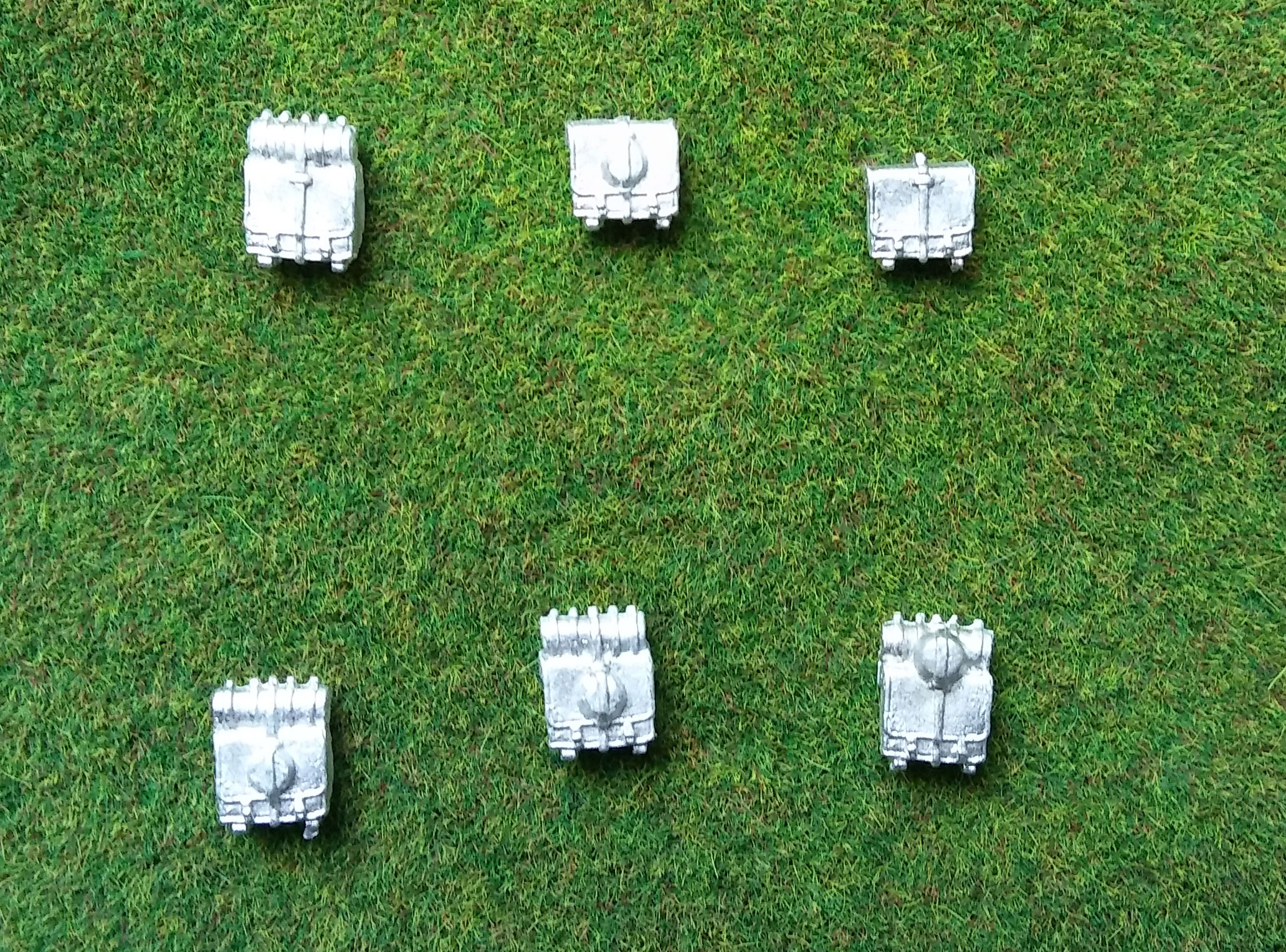Recently a friend of mine asked some rules for dismounting troops in Lion Rampant, since in the original rules this option was not included, I wrote some.
 |
| The Grand Chevauchee, by Peter Dannis |
I'm thinking mainly about HYW mounted longbowmen. Probably they represented the wealthier fraction of commoners (yeomen) hired for campaigns in France during the HYW. They could afford better equipment (bucklers, falchions and some armours) and even an horse. Usually only nobilty and their retinue could afford war horses, so those used by mounted longbowmen would be more probably second class horses. There are no records of any mounted combat, nor mounted shooting. even considering medieval chroniclers uninterested in tactical minutiae, it seems just weird, since no tradition of mounted archery was recorded in England in that period among that social class.
A plausible role for mounted longbowmen is to act as a mobile reserve and allowing quick deployment during a battle or during a campaign, reaching a strong position in which they dug in to fight on foot.
Back to Lion Rampant now! The following upgrade can be purchased by archers and crossbowmen. Replace some or all the figures with mounted models or mounts and horse keepers.
 |
| I found this picture surfing the net, judging from the layout should come from some Osprey book |
New upgrade: additional mounts @1 point
Purchase additional mounts, gaining some extra movement capabilities.
On a move order (5+) a mounted unit can move up to 10".
On a dismount order (6+) the models are replaced by the same number of appropriate figures on foot.
Mounted unit cannot charge nor shoot. If contacted by an enemy unit, the models are immediately dismounted. Unit can never remount.
Miniatures suggested
1st Corps produces nice mounted longbowmen for HYW, Casting room and Perry Miniatures for later periods (WotR and early Renaissance).



























_-_First_Ancient_Greek_lion.jpg)